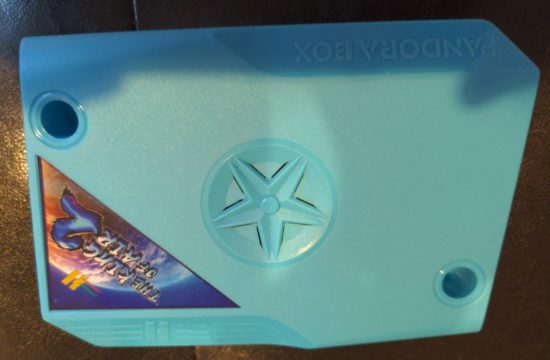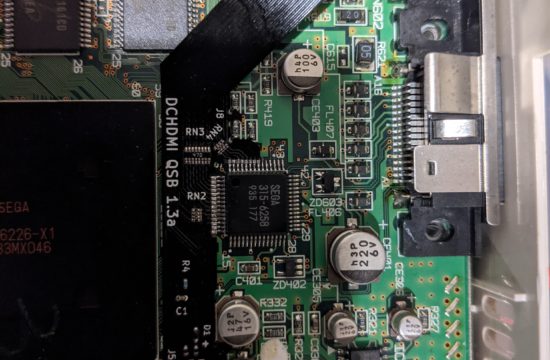Today I am going to show you one of the most, if not the most obscure board I have: Primal Rage.

This thing is HUGE. It takes up so much space at home, and I think it’s even bigger than the IBM WiseTEK main chassis.
There is a main board, and then 2 more sub boards and a Jamma filter PCB. One of the sub boards is exclusively for the audio components (the one with the cable coming out to the main board) and the other sub board is for the Atari GT system roms. Both boards connect into this massively huge PCB that holds the game roms and other graphics chips, ram and such.
Another thing to note is that Primal Rage also comes with this huge metal plate to bolt it down into. So, when you buy the real PCB, that should also come along with it.
One thing that sometimes doesn’t come with the game is the filter board adapter.

This filter board says copyright 1989 Atari (predates the game) and it is literally used as a line filter to protect against any interference going to the board via the lines, or going outward through Jamma. I guess with a PCB like this and it’s accompanying slab of metal underneath, there could very well be interference! The game does work just fine without the filter board though, so don’t be alarmed if you don’t get it, as it’s not necessarily needed.
Primal rage does not follow Jamma exactly though, more notably the control scheme is a little off. You see, they wanted to avoid player confusion and eliminate redundancy by having the first button also be the start button, so they made the start button serve 2 functions!
To get around this, you can either buy a Jamma adapter that has the pins crossed up for the normal configuration, or just hack yourself up one using the unnecessary filter board.

what this configuration does is it wires the start button to both button 1 and start, and then swaps the usual 1,2,3 buttons to 2,3,4. Why Atari did this in the first place, who knows?
The audio is weird too. It has this subwoofer setup in addition to normal stereo and mono options, but the game’s audio itself isn’t that spectacular. I wonder why they went through all the effort and not really design a good immersive sound experience.
Of course one of the biggest issues with this board is compatibility with the video and sync of many superguns and monitors. It is definitely a pain to get working. It doesn’t have standard sync, so you may have to adjust your TV or get another monitor if it doesn’t work. Either that or get a tweakable sync solution. Originally the game was only shipped compatible with one type of monitor, then they shipped a version that had jumpers for controlling the brightness of the video to compensate for the difference in monitors. There is a high impedance setting which increases the brightness of the colors and display.
Speaking of which, the strong point of this board are rich graphics and color. The game is a work of art, and the color palette is basically one of the most richest and deepest palettes among my collection. The sprites are large with lots of animation frames and lots of detail. I like the game as a sort of button masher to play with my son every now and again. It’s a simple game, yet it can be complicated if you go deeper into the mechanics.
But of course, the real story on this game is the copy protection which remains unresolved to this day. There was a release of the game on a compilation for the PS2 I believe, but the game isn’t cracked in that version, and the protection isn’t removed resulting in a game that is only about 75-80% playable only. I believe there were numerous attempts to get old staff members to document and/or attempt to remove the protection to but none have come forward to do so.
pram0d




